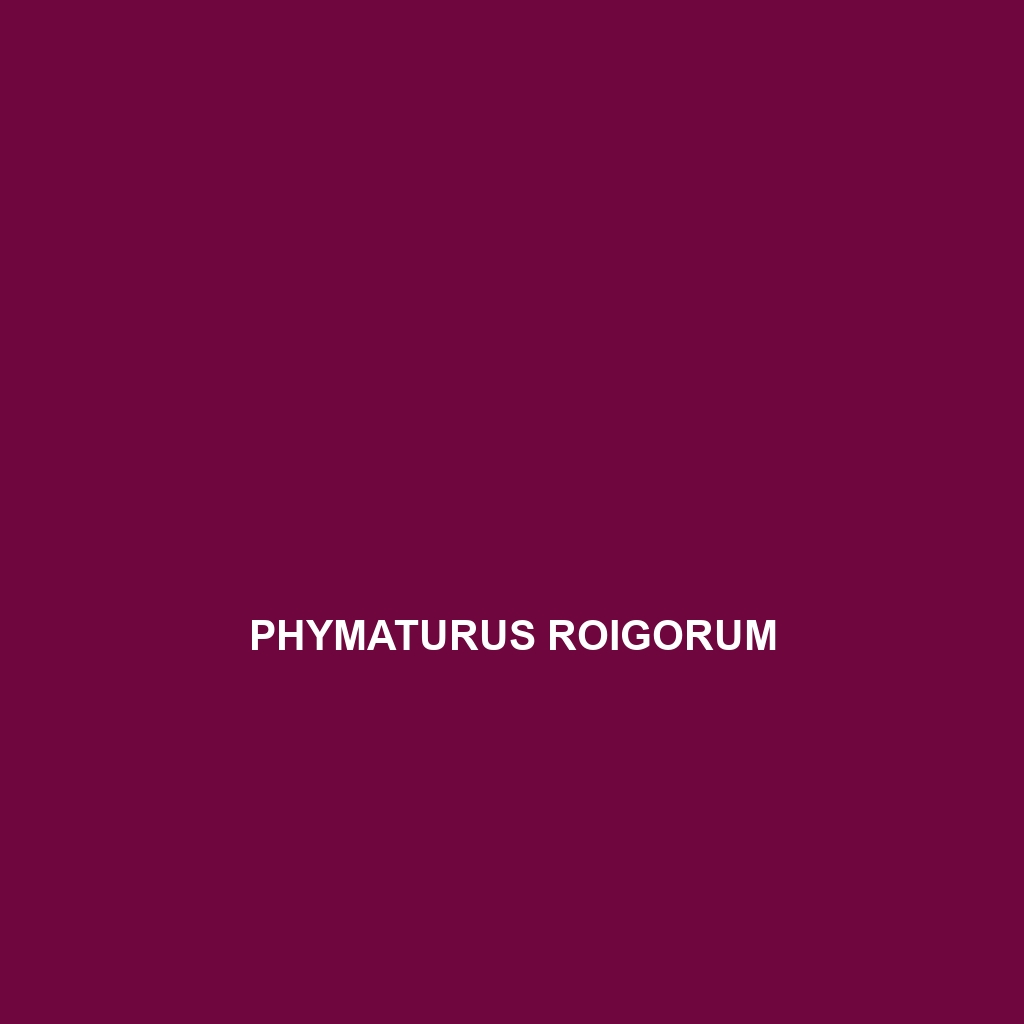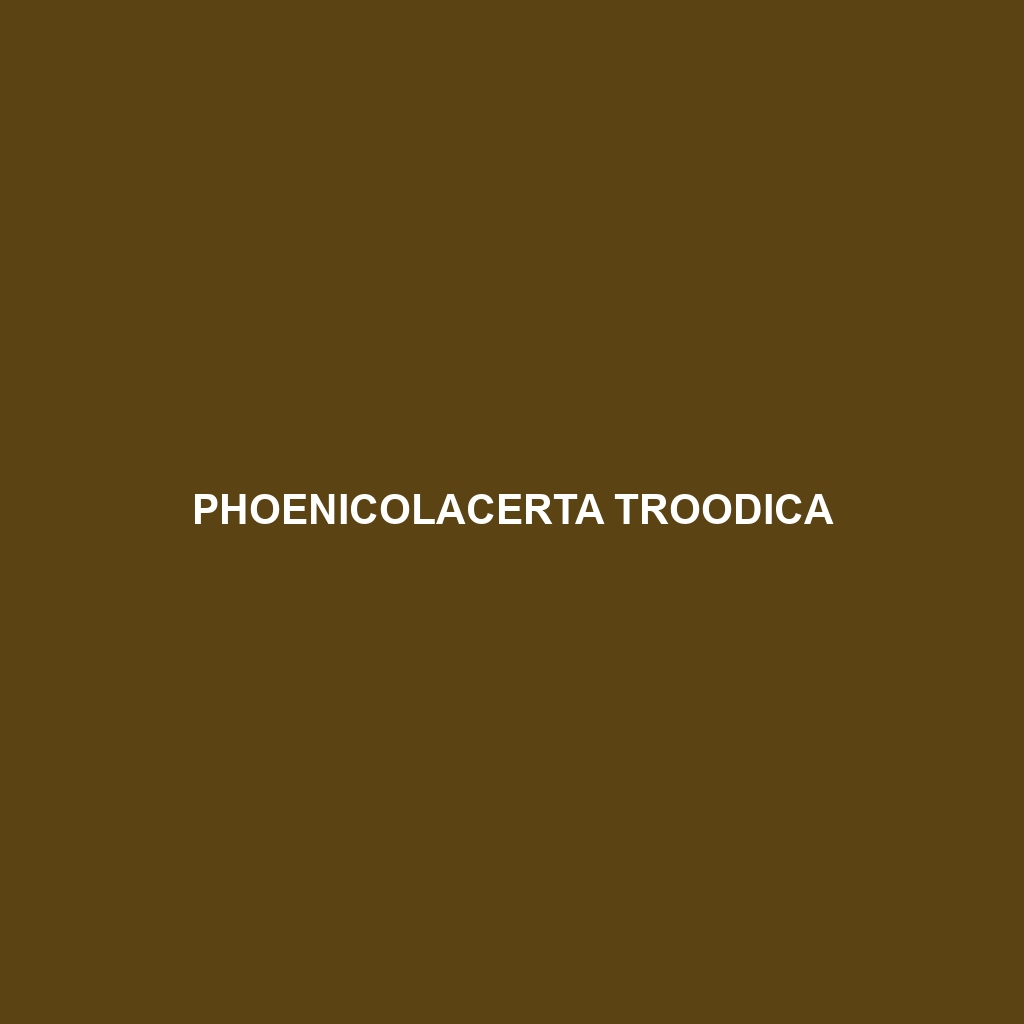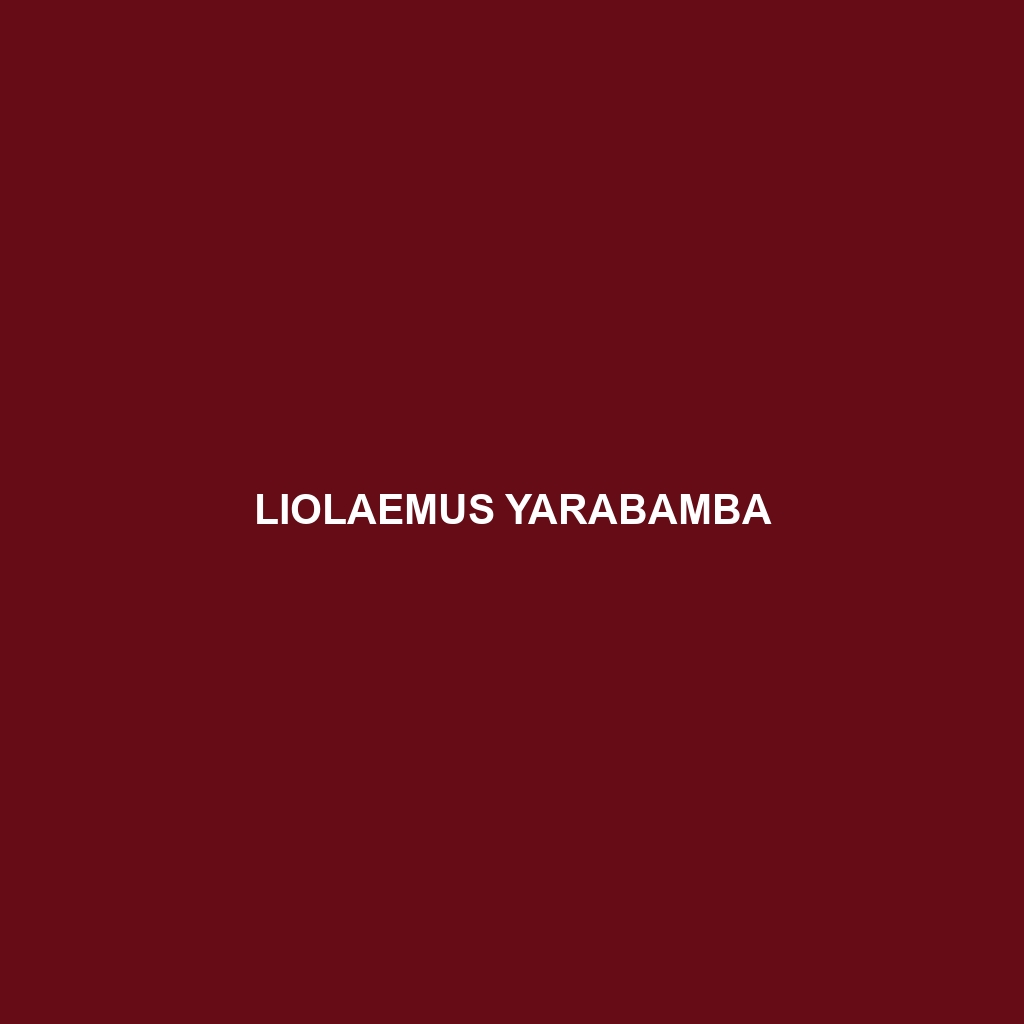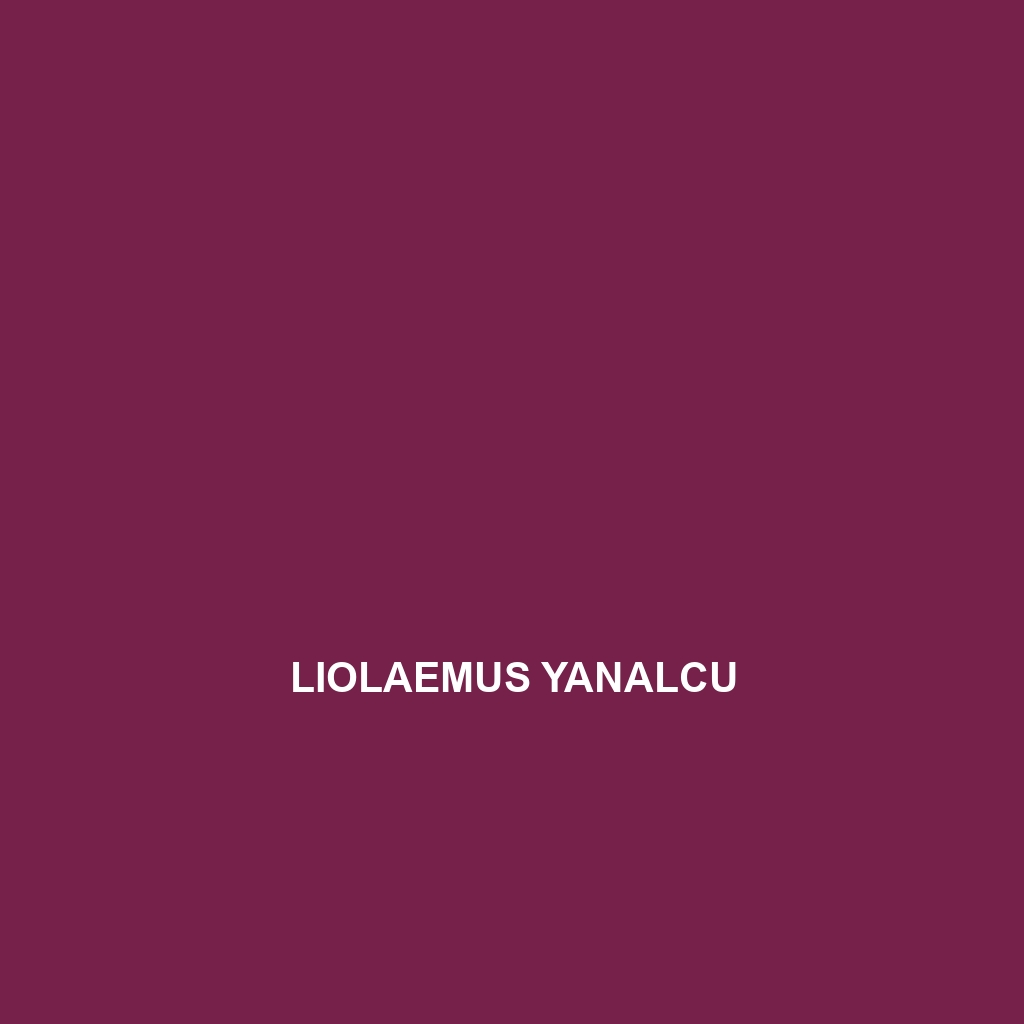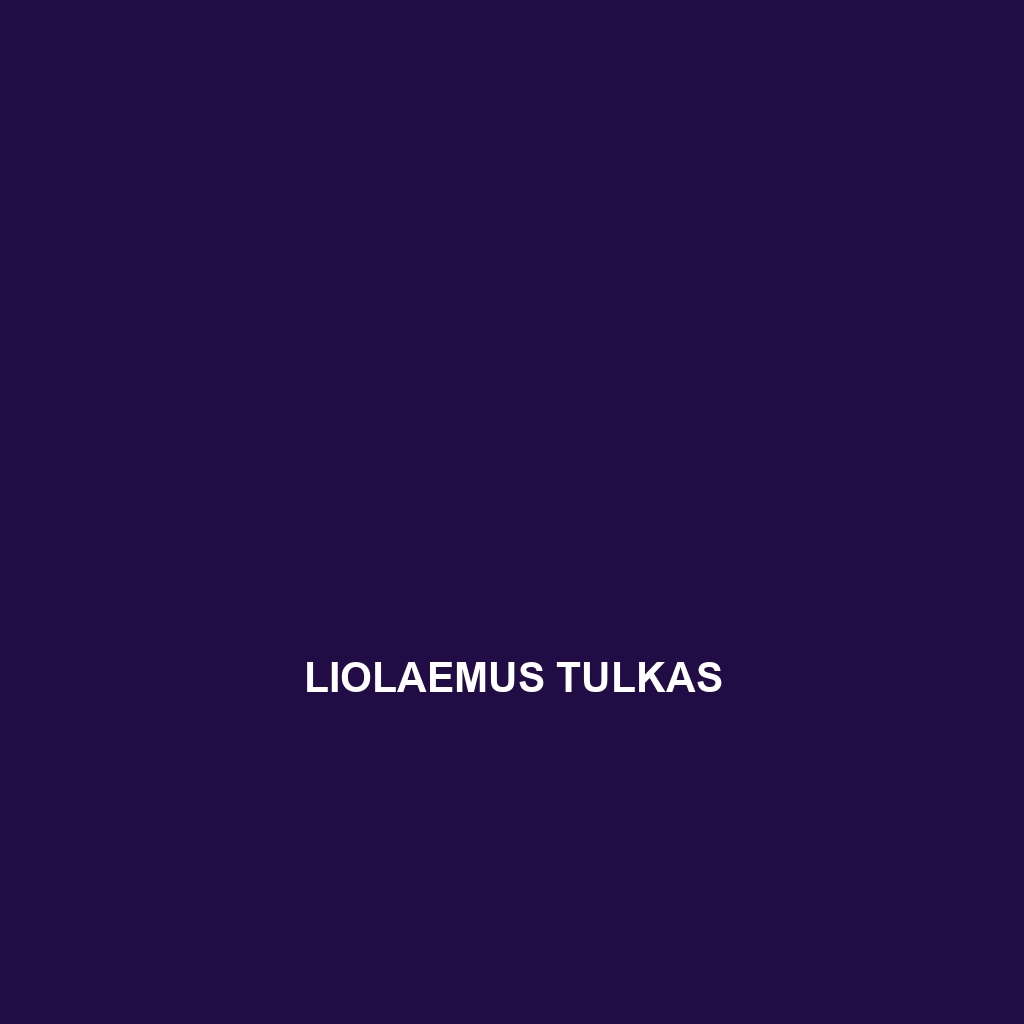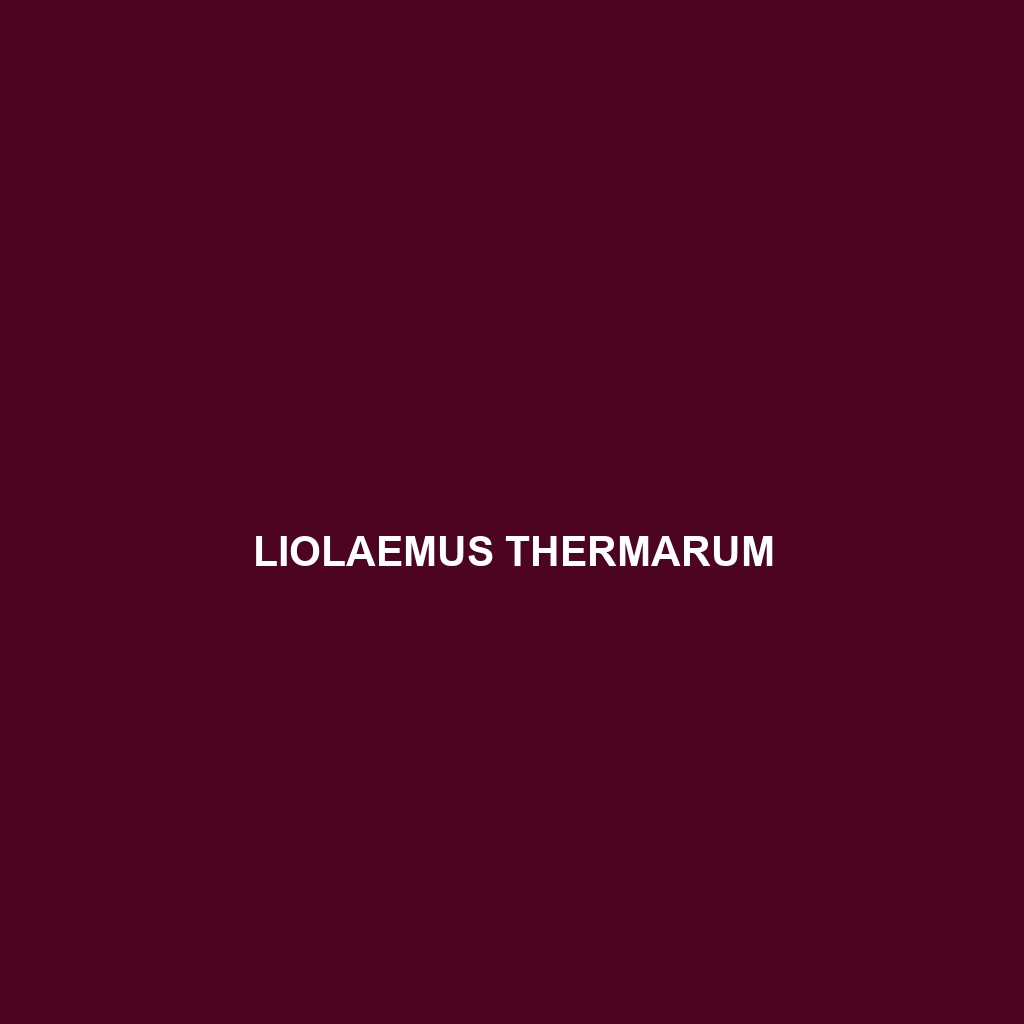<p><b>Phymaturus roigorum</b>, a vulnerable lizard species from Argentina's montane ecosystems, measures 15-25 cm with a stout body and distinct coloration. Primarily insectivorous and diurnal, it utilizes rocky crevices for shelter and exhibits unique courtship behaviors during its reproductive cycle.</p>
Tag: montane ecosystems
Pholidobolus montium
<p><b>Pholidobolus montium</b>, commonly known as the Montane Pholidobolus, is a vulnerable reptile endemic to the Andean highlands, characterized by its elongated body, rough skin, and diurnal foraging behavior on invertebrates. This species plays a crucial role in its ecosystem by controlling insect populations while facing threats from habitat loss and climate change.</p>
Pholidobolus montium
<p><b>Pholidobolus montium</b>, commonly known as the Montane Pholidobolus, is a vulnerable reptile endemic to the Andean highlands, characterized by its elongated body, rough skin, and diurnal foraging behavior on invertebrates. This species plays a crucial role in its ecosystem by controlling insect populations while facing threats from habitat loss and climate change.</p>
Phoenicolacerta troodica
<p><b>Phoenicolacerta troodica</b>, or the Troodos lizard, is a distinctive insectivorous species native to the mountainous regions of Cyprus, thriving in temperate forests and montane ecosystems. With its vibrant mating displays and adaptability to diverse habitats, this lizard plays a crucial role in maintaining ecological balance within its environment.</p>
Montivipera albizona
Discover the Montivipera albizona, or Caucasian viper, a fascinating species native to the mountainous regions of the Caucasus, characterized by its distinct coloration, robust scalation, and ambush hunting technique. This vulnerable snake thrives at altitudes between 1,000 and 3,000 meters, playing a crucial role in its ecosystem as both a predator and prey.
Liolaemus yatel
The Liolaemus yatel, also known as the Yatel lizard, is a vibrant, diurnal species native to the temperate forests of the southern Andes in Chile, characterized by its robust body, seasonal color variation, and unique ovoviviparous reproduction. This vulnerable species plays a vital role in its ecosystem by regulating insect populations and serving as a food source for larger predators.
Liolaemus yarabamba
Discover the Liolaemus yarabamba, a vibrant lizard species native to the temperate forests and grasslands of Peru's Yarabamba Valley. Acclaimed for its distinctive patterns and adaptability, this fascinating insectivorous reptile plays a crucial role in its ecosystem by controlling insect populations and contributing to biodiversity.
Liolaemus yanalcu
Discover the Liolaemus yanalcu, a fascinating lizard native to the temperate forests of the southern Andes, exhibiting unique brown and green coloration with intricate patterns for camouflage. This insectivorous species, known for its territorial displays and ovoviviparous reproduction, plays a crucial role in its ecosystem by regulating insect populations and serving as prey for larger animals.
Liolaemus tromen
Liolaemus tromen, commonly known as the Tromen Lizard, is a resilient insectivore found in the temperate forests of the Southern Andes of Argentina, displaying vibrant coloration and engaging in intricate social behaviors. This species plays a vital role in regulating insect populations and supports local biodiversity while adapting to diverse ecological niches.
Liolaemus thermarum
<p><b>Liolaemus thermarum</b> is a unique, medium-sized lizard native to the high-altitude Andes, characterized by vibrant coloration and diurnal behavior. This insectivore thrives in rocky, temperate forest habitats, playing a crucial role in the ecosystem by controlling insect populations and serving as an important food source for predators.</p>
